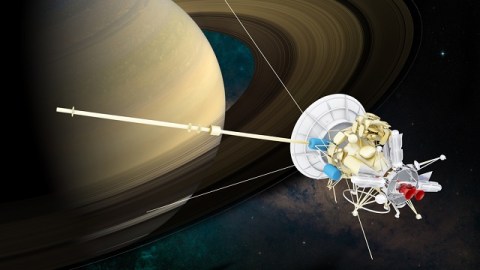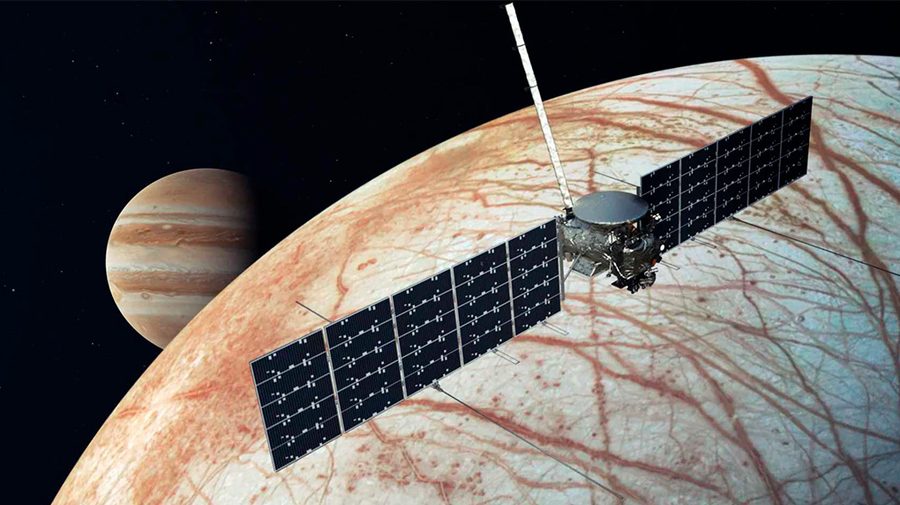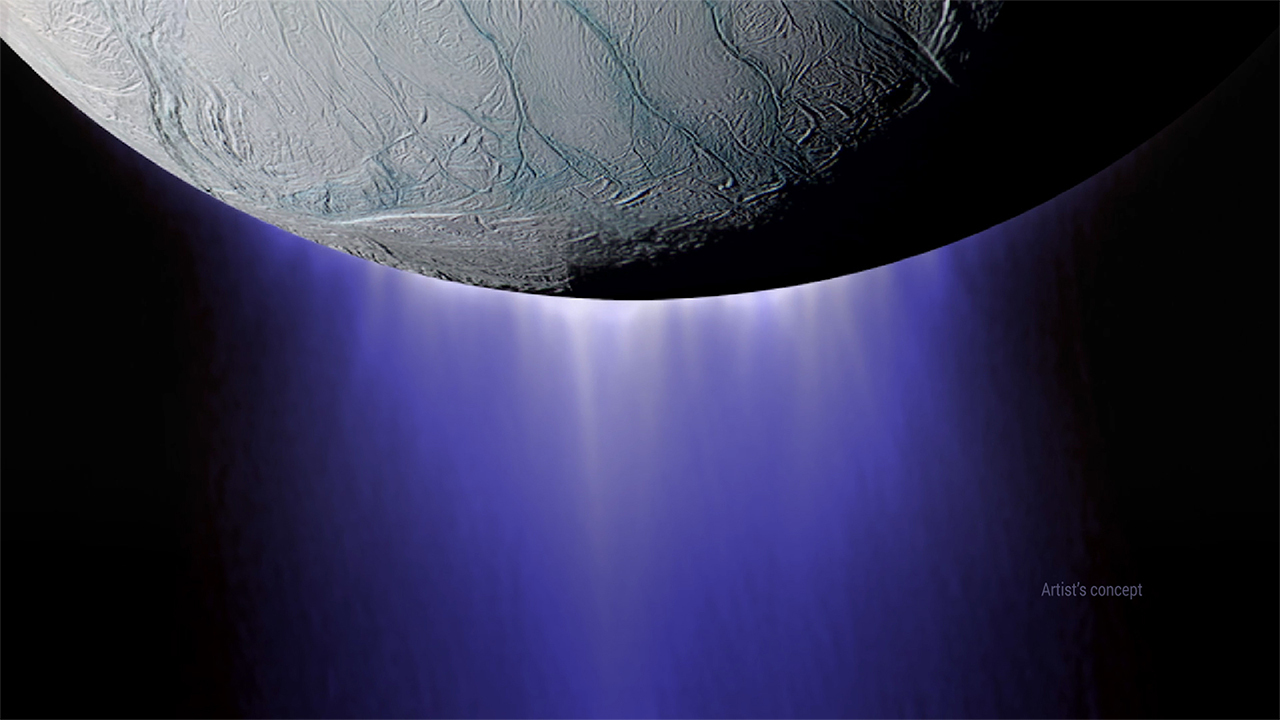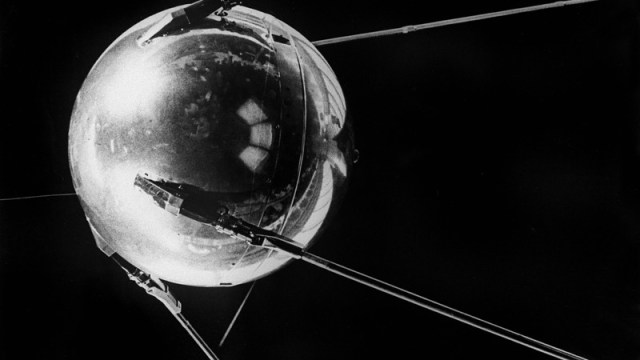What Tupperware And Saturn’s Moon Titan Have In Common

What’s the Latest Development?
In a report to be published in an upcoming issue of Astrophysical Journal Letters, NASA scientists reveal that the Cassini probe has discovered molecules of propylene in the lower atmosphere on Saturn’s largest moon, Titan. The discovery is the first involving the spacecraft’s Composite Infrared Spectrometer (CIRS), which measures heat radiation coming from planetary bodies. It also clarifies data originally collected from Voyager 1 in 1980: Past scientists were able to determine that hydrocarbons existed in the atmosphere, but they could only identify those with the strongest chemical signals, such as propane.
What’s the Big Idea?
If the name “propylene” sounds familiar, it may be because it’s a component in polypropylene, a plastic that makes up, among other things, “that plastic container at the grocery store with the recycling code 5 on the bottom,” says lead author and NASA planetary scientist Conor Nixon. It’s the first time this ingredient has been found anywhere outside of Earth, and scientists are eager to see, with Cassini’s help, what other hidden chemicals are located on Titan.
Photo Credit: Shutterstock.com





